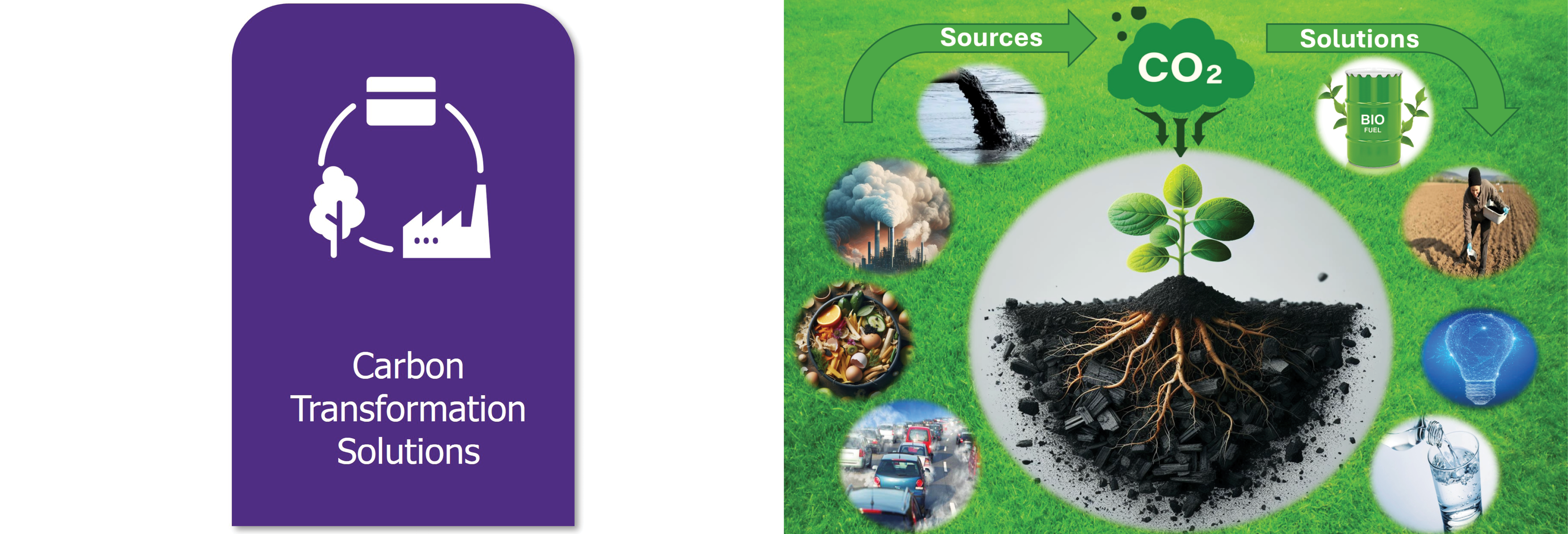Programs
Contact Us
Western Academy for Advanced ResearchWestern Interdisciplinary Research Building
Western University
London, Ontario
N6A 3K7
wafar@uwo.ca
Connect with us today!


Nature-Inspired Solutions for Carbon Transformation

Challenge
International leaders have agreed that global warming must not exceed 1.5 degrees celsius (Paris Agreement); however, we have not made sufficient progress towards slowing the growth of carbon emissions and other greenhouse gases. Direct capture of carbon dioxide from the atmosphere is one possible solution, but existing technologies are costly and limited in capacity compared to the staggering scale of emissions.
Aim
Led by Chris DeGroot, PhD, Assistant Professor in the Department of Mechanical and Materials Engineering at the Western University, the team sought to improve upon existing technologies by exploring nature-inspired solutions to carbon capture and transformation. In the natural world, sequestration of carbon occurs through processes such as photosynthesis in plant systems and mineralization in geological systems. Therefore, the team explored the development of engineered systems to capture carbon that mimic these processes. Specifically, the team focused on the utilization of waste streams as carbon sources (e.g. wastewater, agricultural residues) and processes that yield value-added by-products. Centered on a holistic view of the carbon cycle and furthering the development of the concept of a sustainable circular economy, the team engaged with stakeholders from different levels of government to gain a full picture of the social, economic, environmental factors that must be considered when developing and implementing these technologies.
Impact
Highlights of successes include:
- New breakthroughs in renewable energy & biochar
- An international research community
- Carbon Solutions Consortium
- Emerging connections with industry, academic, and government partners
Read more about our progress here.

